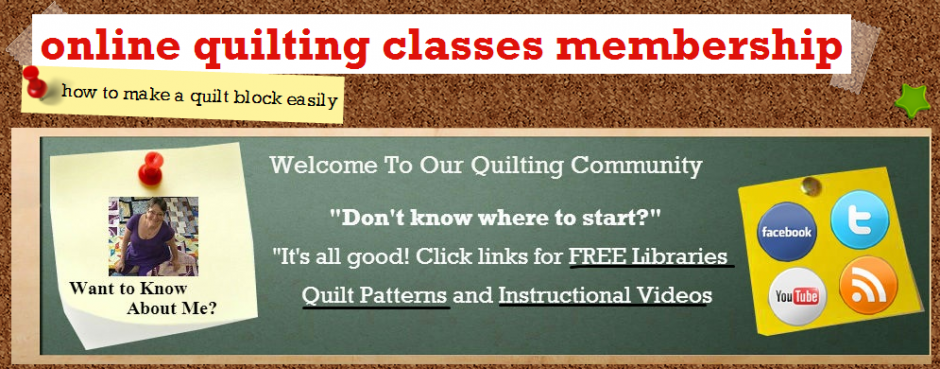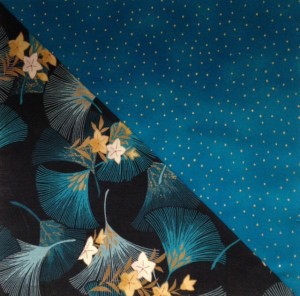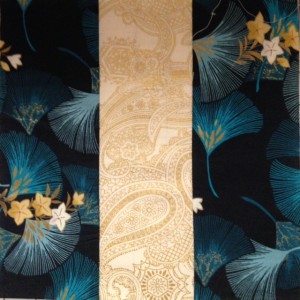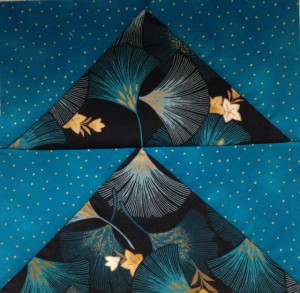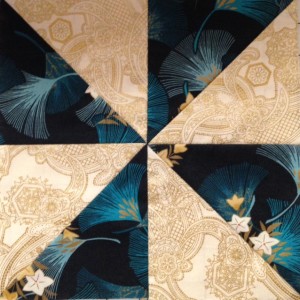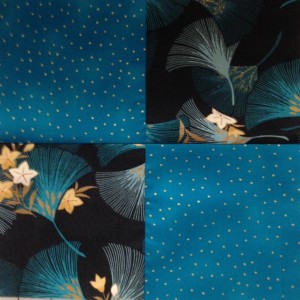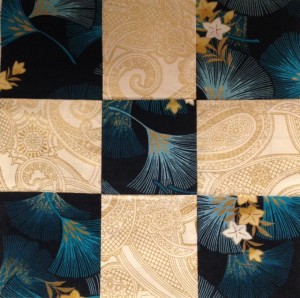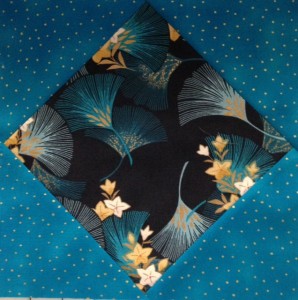Mastering quilting starts with learning the basics. And with perfecting the execution of those basics. Is it difficult to do? No, but it does take practice.
Basic techniques are available everywhere, YouTube, Online Quilting Classes Membership, various blogs, pay per class sites, your neighborhood quilt shop. Karen McTavish tells of coming back from the library with lots of books about quilting techniques. There are videos, books and personal instruction readily available.
Then you have to grab some fabric and start cutting and sewing. Well, maybe not yet. The real first thing to do is to learn about your particular machine. Again, there are lots of resources available to get you started. Go online to the manufacturer. There are probably videos there that will walk you through the various processes involved in running your machine.
Then you have to grab some fabric and start cutting and sewing. And a pattern, grab a pattern. Again, there is no shortage of free, or purchasable patterns available. Look in the same places that you used to find the instructions. In fact, the instructions were probably related to a pattern.
Taking classes at the local quilt shop is my favorite way to learn quilting. I like the face to face interaction and I love sharing tricks. Some of those tricks are obvious and some are more subtle, but quilters love to help. Chains of pieced blocks are an obvious trick, but you would be amazed at the number of ways people make bunches of half square triangles. There are flying geese tricks, some of which involve fancy rulers, and some are just about technique. There are tricks about matching points and how pressing can change the look of your quilt top. Many techniques can be learned online, and from books, but, if you can get into a real class, do it.
Learn and practice basic block patterns. Once you have mastered one block, try a new one. The building blocks for quilt tops are many and varied. And some of the blocks are used over and over again in other, more complicated quilt block designs. Some of the more popular include:
Half Square Triangles
Rail Fence
Flying Geese
Pinwheel
4 Patch
9 Patch
Square in Square
There are many, many more, but we did say that we were starting with the basics.
So…You get a couple (or more) quilt blocks securely in your repertoire and you start thinking about a big, designed it yourself quilt. Let’s talk a bit about color theory. They make it so easy for you. Quilt fabric manufacturers design whole lines of fabrics that all “go together” perfectly. You can start there, but it is only a start.
Don’t let yourself be confined to just their ideas of coordinating fabric. Stretch out, this is your own design, after all. Pick a color that doesn’t dominate in the main, focal fabric. Let it be a color that shows up often in small amounts. Then search the store for a fabric with that same color and a subtle pattern. You don’t want to take away from the main fabric, but you can supplement it. It does all depend on your overall pattern, but different fabrics, different fabric makers, different themes can all be combined into fabulous results.
Now really start sewing! Don’t be afraid to make mistakes. Let me assure you that you WILL make plenty of them. And the best news is that these errors will not have any serious consequences at all. It the biggest mistake in your life is that you mess up $50 worth of fabric, you haven’t made enough.
You can always rip out what you didn’t do correctly, and you should, to a point. You should be proud of the product you create. However, I don’t want you to overdo perfectionism. A lot of what you think is catastrophic is not and will never be noticed. Sometimes mistakes are even improvements in the design.
These are the quick steps leading you to strike out in your own direction. Be creative. Draw outside the lines. And let your mistakes become creative expressions. These are your creations; make them express your thoughts, your ideas.
